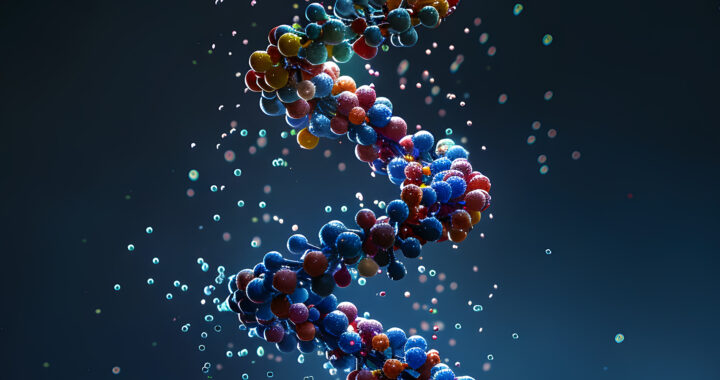Researchers have achieved a significant milestone in origin-of-life studies by experimentally demonstrating how amino acids can attach to RNA molecules under simulated prebiotic conditions. This long-sought reaction, known as RNA aminoacylation, represents a critical step in bridging the gap between genetic material and protein formation. Their findings are discussed in a paper published on 27 August 2025 in Nature.
Thioesters Found to Bridge Critical Gap in Emergence of Life: Experimental Evidence Strengthens Hybrid Model for Origin of Life
RNA World Theory and Thioester World Theory
The breakthrough connects two previously competing scientific hypotheses: the RNA world theory and the thioester world theory. While the RNA world emphasized the central role of RNA in early catalysis and genetic storage, the thioester world suggested thioesters were the first energy carriers, fueling primitive biochemical reactions.
Note that thioesters are organic compounds similar to esters, but instead of having an oxygen atom bonded to carbon, they have a sulfur atom bonded. This sulfur substitution gives these compounds unique chemical properties, especially in terms of energy transfer. Scientists believe thioesters could form under pre-life Earth conditions.
It is also worth mentioning that thioesters are high-energy molecules. Breaking their bonds releases a lot of energy. This makes them excellent candidates for driving several biochemical reactions, like attaching amino acids to other molecules. The thioester world hypothesis proposes that they were the first energy carriers in early biochemistry.
Linking the RNA World and Thioester World Theories
In the laboratory, scientists synthesized pantetheine, a molecule that forms part of thioesters in modern biology, under neutral water-based conditions. Amino acids linked to pantetheine spontaneously transferred onto RNA molecules. This provided a long-sought plausible chemical pathway toward the initiation of protein synthesis without enzymes.
This result demonstrated that combining the RNA world and thioester world theories produces more than the sum of each part. Study coauthor John Powner of University College London said that both hypotheses individually lacked explanatory power, but together they reveal conditions that plausibly supported the emergence of functional biochemistry.
Note that the reactions required significant concentrations of chemical precursors, which were unlikely to accumulate in large oceans. Instead, smaller bodies of water, such as lakes or soda lakes, would have provided suitable microenvironments, enabling sufficient density of molecules for productive chemical interactions to take place.
Remember that thioesters are sulfur-containing organic compounds with high-energy bonds. In modern biology. The best-known thioester is acetyl coenzyme A or acetyl-CoA, which drives central energy pathways such as the Krebs cycle. Before the evolution of ATP, thioesters likely served as the first biochemical energy carriers on the planet.
Toward the Hybrid-World Origin Model of Life
The findings above advance the hybrid origin model of life. This proposes that RNA supplied both catalysis and genetic storage while thioesters powered early chemical transformations. The union offers a more coherent explanation of how genetic polymers and energy systems merged to establish the foundation of the first living organisms.
Results also open implications for astrobiology. If amino acids, RNA, and pantetheine-like molecules can spontaneously interact to create protein precursors, similar chemistries may arise on other worlds. Life elsewhere could plausibly emerge if environments rich in water and amino acids provide opportunities for thioester-mediated reactions.
Thioesters could form under different conditions and environments. These include geothermal environments. Volcanic settings, hydrothermal vents, and hot springs provide heat and sulfur compounds that could naturally generate thioesters. Sulfur-rich materials could react with organic precursors. These environments can be present on other planets.
FURTHER READING AND REFERENCE
- Singh, J., Thoma, B., Whitaker, D., Satterly Webley, M., Yao, Y., and Powner, M. W. 2025. “Thioester-mediated RNA Aminoacylation and Peptidyl-RNA Synthesis in Water.” Nature. 644(8078): 933-944. DOI: 1038/s41586-025-09388-y
